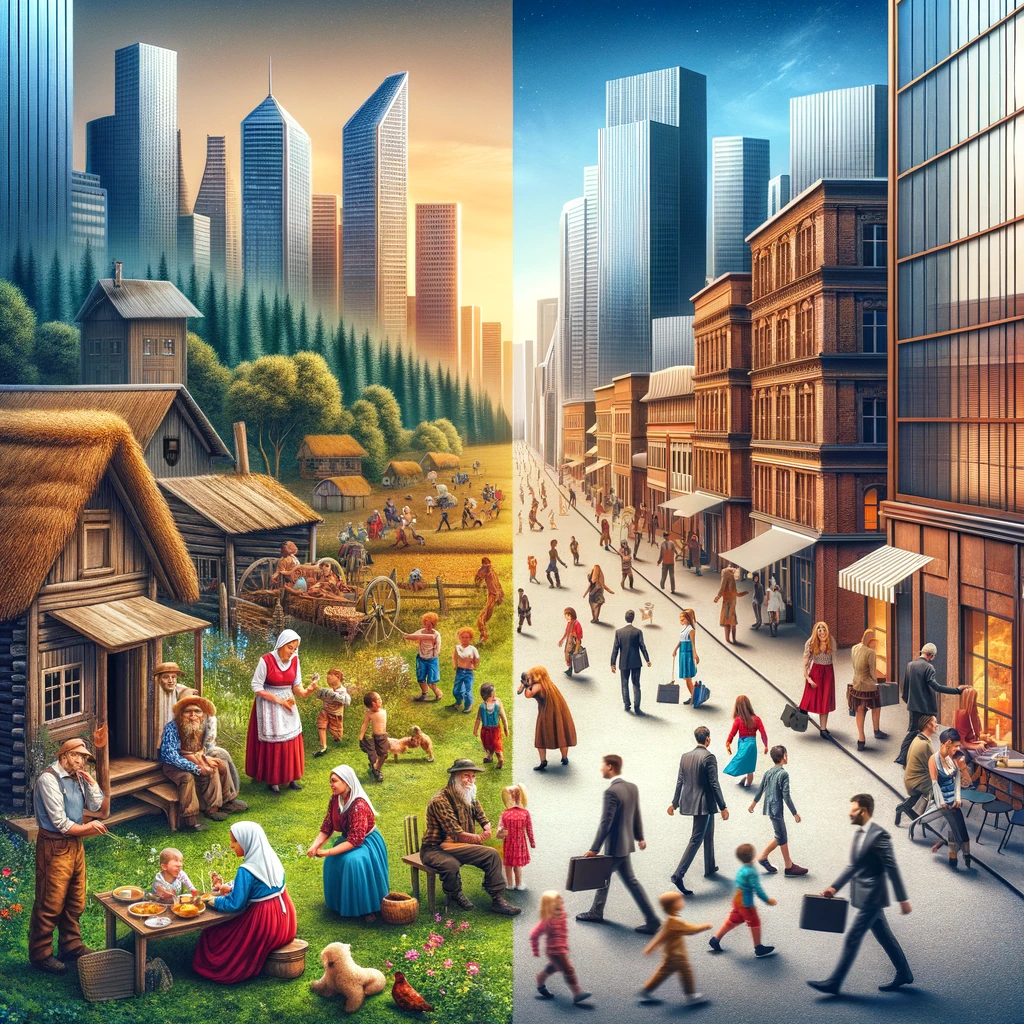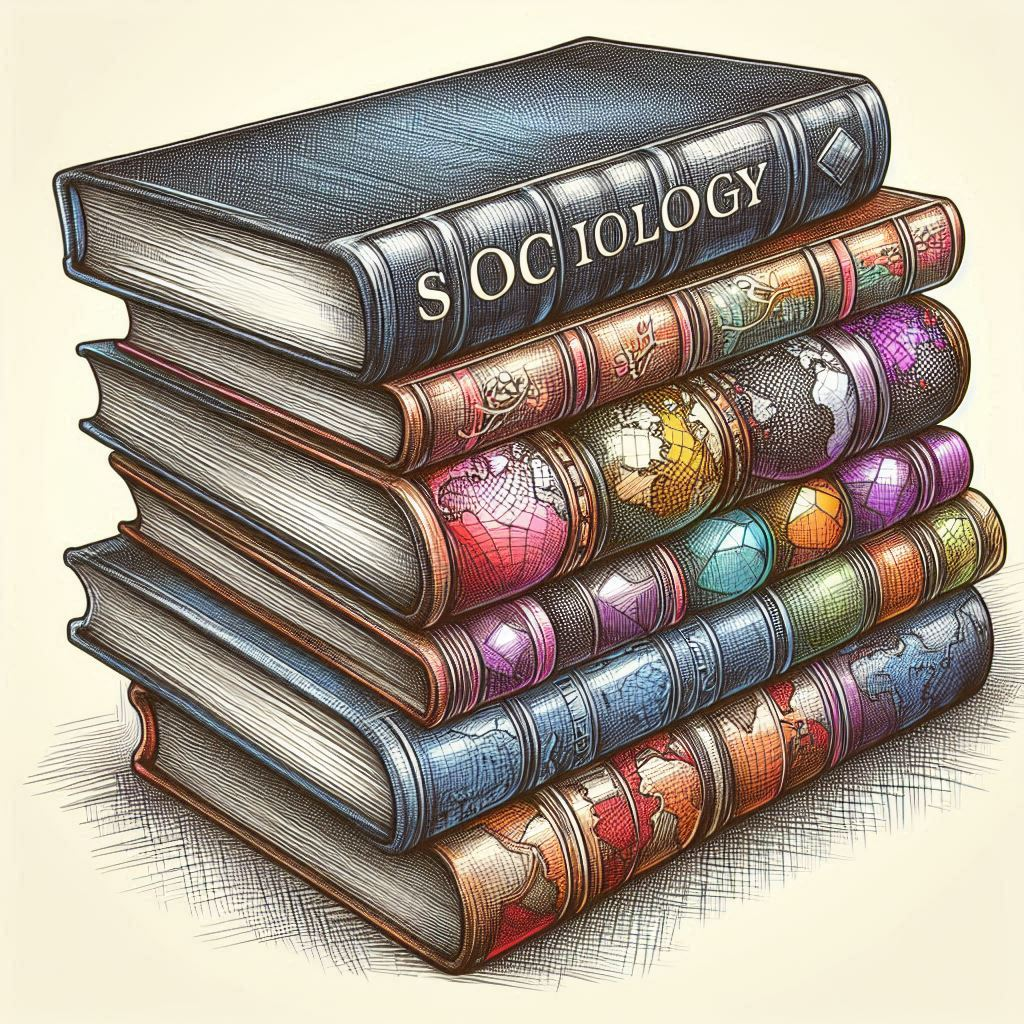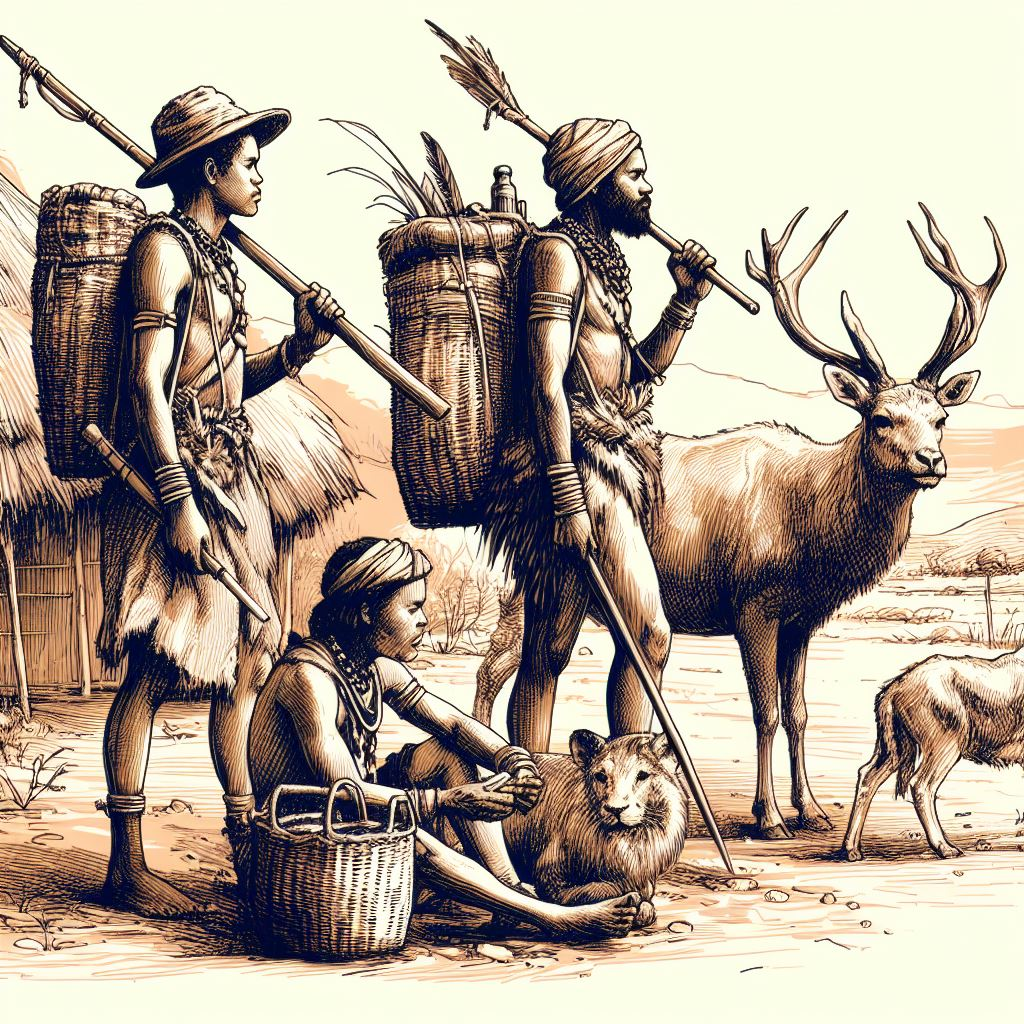Introduction
The concepts of community and society are fundamental in sociology, often used to describe different forms of human association. While they are closely related, they differ in terms of structure, function, and the nature of relationships within them. The study of these distinctions helps sociologists understand how individuals interact in different social settings and how these groupings evolve over time.

Definition of Community and Society
Community
A community refers to a group of people who share common interests, values, traditions, or geographical space. It is characterized by close-knit relationships, strong social bonds, and a sense of belonging among its members.
Key Features of a Community:
- Small-Scale and Intimate – Communities are typically localized, such as villages, neighborhoods, or online groups.
- Shared Identity and Values – Members often have similar beliefs, traditions, and cultural practices.
- Strong Emotional Bonds – Personal interactions are direct and frequent, leading to strong social ties.
- Mutual Cooperation – Members support each other in various aspects of life, such as economic, emotional, or social support.
Example: A rural village where people know each other personally and share a common way of life is an example of a community. Online groups that share interests, such as hobbyist forums, also represent communities in a digital context.
Society
A society, on the other hand, is a broader and more complex system of human relationships that may not be based on direct personal interactions. It includes various institutions, legal systems, and organizations that regulate behavior and ensure stability.
Key Features of Society:
- Large-Scale and Impersonal – Societies encompass many communities and extend beyond local areas.
- Diverse and Heterogeneous – Societies consist of people with different values, cultures, and beliefs.
- Organized Institutions – Societies have formal structures, such as governments, economies, and legal systems, to maintain order.
- Functional Relationships – Social interactions are often based on specific roles, such as employer-employee or citizen-government relationships.
Example: A modern nation-state, like the United States or India, is an example of a society where millions of people live under a shared political and economic structure but do not necessarily have direct personal relationships.
Major Differences Between Community and Society
| Aspect | Community | Society |
| Definition | A close-knit group with common values, traditions, or geography. | A larger, organized social system with diverse institutions and roles. |
| Size | Small, localized, and limited in scale. | Large, widespread, and complex. |
| Relationships | Personal, emotional, and direct. | Impersonal, role-based, and indirect. |
| Social Bond | Strong sense of belonging and mutual support. | Looser social ties, with relationships based on function rather than personal connections. |
| Structure | Informal, traditional, and based on customs. | Formal, organized, and institutionalized. |
| Examples | Villages, tribes, religious congregations, and online communities. | Nation-states, metropolitan cities, and global organizations. |
Sociological Perspectives on Community and Society
Tönnies’ Concept: Gemeinschaft vs. Gesellschaft
Ferdinand Tönnies (1887) introduced two fundamental sociological concepts to distinguish between community and society:
1. Gemeinschaft (Community):
- Based on personal, face-to-face interactions.
- Relationships are built on tradition, family ties, and emotions.
- Found in rural villages, close family units, and ethnic neighborhoods.
2. Gesellschaft (Society):
- Based on indirect, contractual, and rational interactions.
- Relationships are built on economic and functional needs.
- Found in modern cities, large corporations, and industrialized nations.
Durkheim’s Perspective: Mechanical vs. Organic Solidarity
Émile Durkheim expanded on this distinction by introducing the concepts of mechanical and organic solidarity:
- Mechanical Solidarity (Community-like): Found in traditional societies where people share similar work, values, and social roles.
- Organic Solidarity (Society-like): Found in modern, industrial societies where people rely on each other for specialized roles, such as in factories or bureaucracies.
Interdependence of Community and Society
Although distinct, community and society are interdependent. Communities function as building blocks of societies, and societies provide the larger framework within which communities exist. For instance:
- A village (community) exists within a nation (society) and follows both local customs and national laws.
- Online communities exist within global digital societies, connecting people from different cultures while still having their own unique norms.
The Changing Nature of Community and Society
In modern times, traditional boundaries between community and society are shifting due to factors such as:
- Globalization: Increased interaction between cultures has created a more interconnected global society.
- Urbanization: Migration to cities has weakened traditional community bonds while strengthening impersonal societal structures.
- Technology and Social Media: Digital communities challenge traditional notions of geographical closeness, allowing people to form bonds beyond physical boundaries.
Conclusion
The distinction between community and society is essential in understanding social structures, relationships, and cultural evolution. While communities emphasize closeness, shared identity, and emotional bonds, societies focus on complex structures, institutions, and functional interactions.
Despite their differences, both are crucial in shaping human interaction. Communities provide the sense of belonging that individuals crave, while societies create the systems and institutions necessary for large-scale social order. Understanding the interplay between these two concepts helps us navigate the complexities of modern social life.


